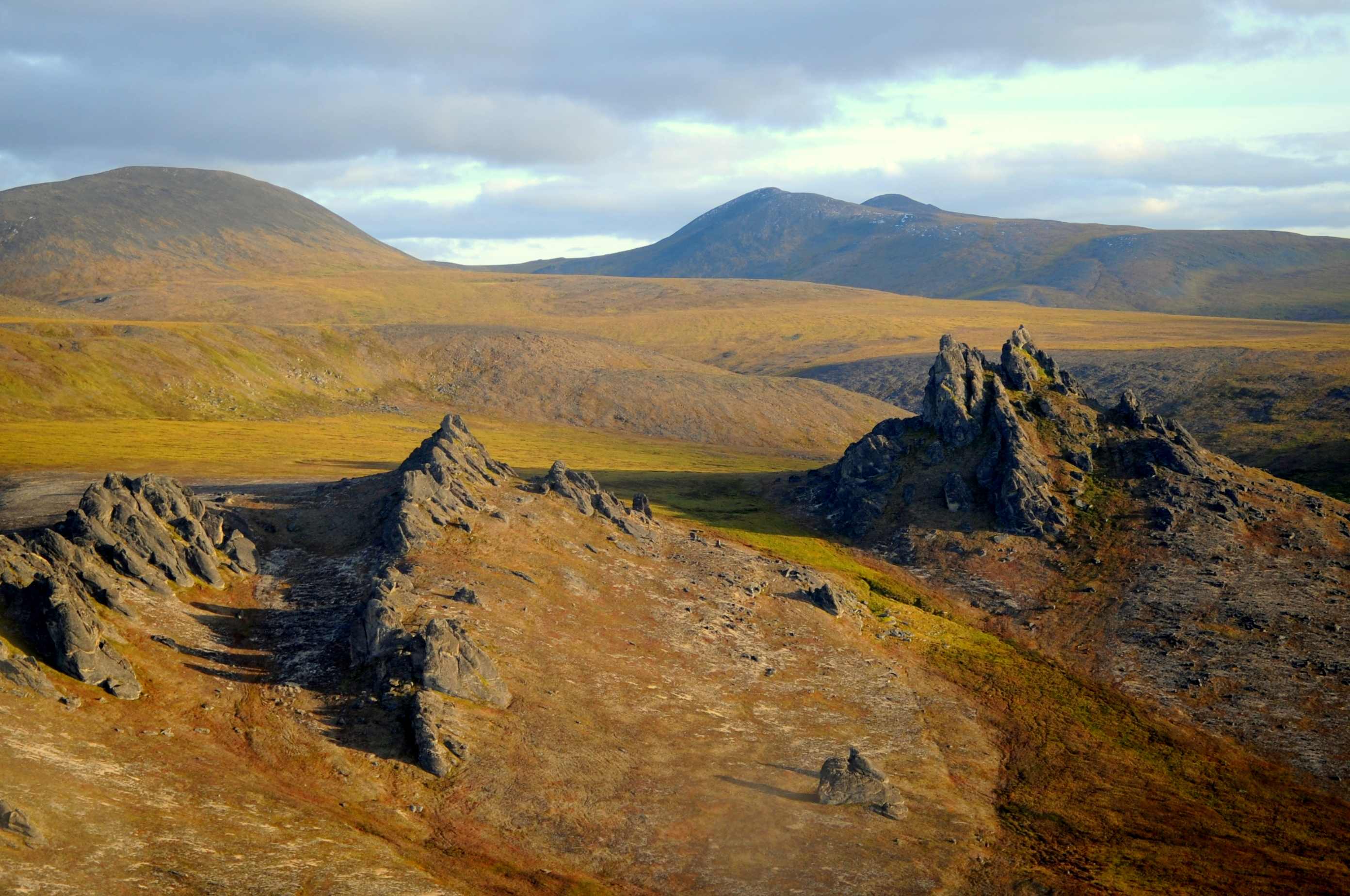
The first people who came to Alaska likely trekked on foot across a land bridge during the last ice age.
How they survived the long, dark winters we still see today has always been a bit of a mystery.
A new study published in the Proceedings of the National Academy of Sciences offers some clues into how the first Alaskans adapted to their new home.
The story of how the first Alaskans survived is really a story about moms and how they adapted to care for their babies in a harsh, new world.
For thousands of years, the narrator of the PBS documentary ‘Great Human Odyssey’ explained, humans fought impossible odds.
“It shouldn’t have happened, that homo sapiens– our species– survived,” the narrator said. “Our ancestors not only survived, they spread into every corner of the globe.”
Including Alaska.
Sea levels were a lot lower during the last ice age.
The theory is that humans crossed the Bering Land Bridge and settled in Alaska about 20,000 years ago.
“It was probably a lot like what it is today– so not exactly a nice, warm sunny place to live,” said Leslea Hlusko, is an assistant professor of integrative biology at University of California Berkeley, of the conditions in Alaska 20,000 years ago.
Hlusko was asked to give a talk last year on human migration into the Americas, which got her thinking about genetics, specifically about one mysterious mutation that leads to thick, straight hair and shovel-shaped teeth.
Those traits are found in the first Alaskans — but no one really knew why.
“You can wave your arms around,” Hlusko said. “And say, ‘thick hair keeps you warm,’ or, ‘shovel shaped incisors keep your teeth from wearing down too fast.’”
But that wasn’t all that convincing.
So, Hlusko started thinking about vitamin D and sunlight.

People living in higher latitudes evolved to have lighter skin in part so they could soak up more vitamin D. But at a certain latitude, like here in Alaska, it doesn’t matter how light your skin is – there’s just not enough sunlight.
“Even if you were naked with really light skin,” Hlusko said. “You’re not going to make enough vitamin D to be healthy.”
The first Alaskans had already started eating the vitamin D-rich diet that’s still around today — for example, lots of fish and seals.
That was one way of adapting.
“When a culture changes its diet, everybody who’s eating solid foods benefits from that,” Hlusko said.
Except for babies, Hlusko said. How were they getting the vitamin D they needed?
It turns out the same mutation that leads to thicker hair and grooved teeth also leads to more ductal branching — that’s the tiny tubes that branch out from a woman’s nipples into her breasts.
Hlusko said “they get finer and finer and finer and smaller and small and smaller,” until they reach the fat cells.
Those tubes then pull nutrients, including vitamin D, out of those fat cells and send them back through the mother’s breast milk.
Every woman has those tiny tubes.
But Hlusko thinks women in Alaska during the last ice age developed more of them and that helped keep their babies healthy.
“It shifted our thinking of this mutation as a being a gene that influences hair or tooth shape, to maybe the most important thing is that this is a gene that influences breast development,” Hlusko said.
Hlusko and her colleagues found the genetic mutation in every one of the more than 3,000 remains they studied.
It’s a mutation that a lot of women still carry today — not just in Alaska but in in eastern Asia and in Native populations throughout North and South America.
“If you run your tongue against the top teeth at the front of your mouth – if the back of them have little buttresses,” Hlusko said, “then you have shovel-shaped incisors.”
And likely the same genetic mutation that helped the first Alaskans keep their babies healthy during the long, dark winters.
